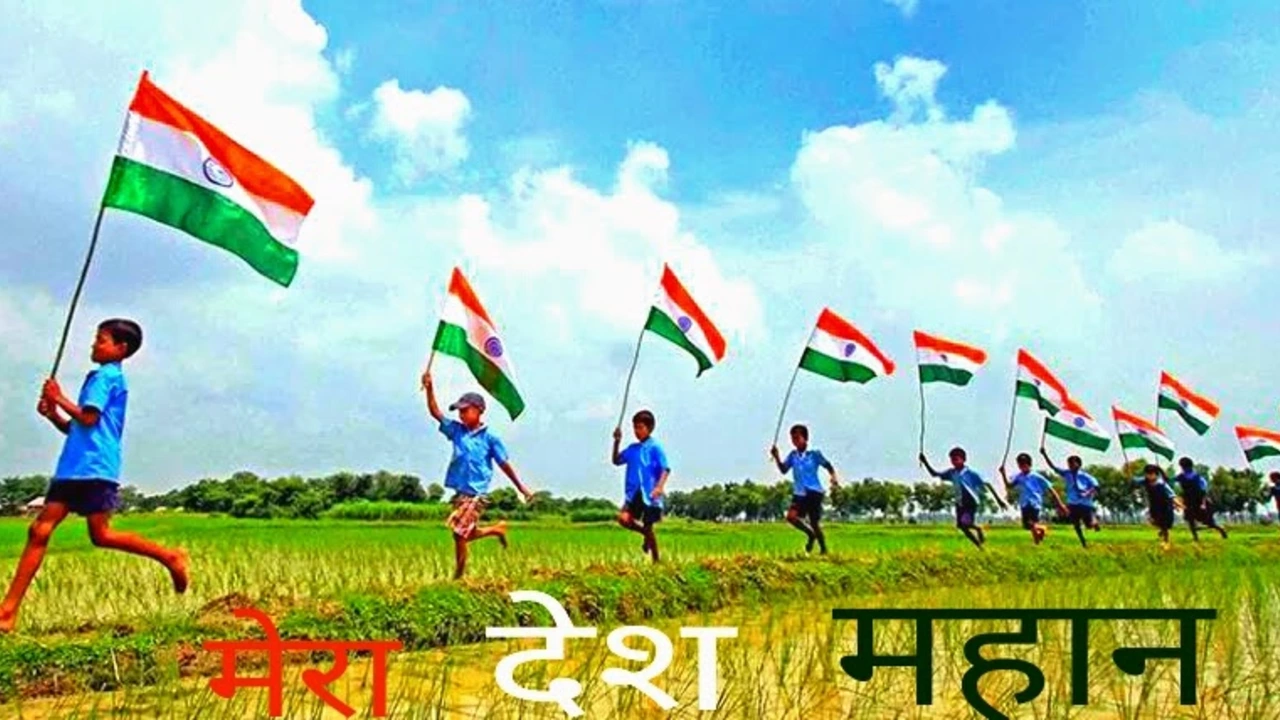Independence 1947 – Why It Matters and How It Impacts Your Career
India’s freedom from British rule on August 15, 1947, isn’t just a date on the calendar. It’s a turning point that still shapes politics, culture, and even the job market today. If you’re prepping for a government exam or looking for a job in the public sector, knowing the basics can give you a real edge.
Key Milestones of Independence 1947
The journey to freedom began with the Indian National Congress and the Muslim League demanding self‑rule. The British Parliament passed the Indian Independence Act in July 1947, splitting the country into two dominions – India and Pakistan. On 15 August, the first Prime Minister, Jawaharlal Nehru, raised the tricolor at the Red Fort and delivered his famous "Tryst with Destiny" speech.
Important figures like Mahatma Gandhi, Subhas Chandra Bose, and Sardar Patel played different roles, from non‑violent protests to negotiating the partition. The day also marked massive migrations, with millions moving across the new borders. Understanding these events helps you answer history questions quickly and accurately.
Using Independence Day Knowledge for Government Exams
Most competitive exams (UPSC, SSC, State PSC) include a section on Indian history. Independence 1947 is a high‑frequency topic because it connects to constitutional development, nation‑building, and current affairs. Here’s how to turn that into points for your answer sheet:
- Memorize dates and leaders: 15 Aug 1947, Nehru, Patel, Gandhi.
- Link events to the Constitution: The freedom movement paved the way for the Constitution adopted on 26 Jan 1950.
- Use recent references: Government schemes launched on Independence Day (e.g., Swachh Bharat) show the day’s continuing relevance.
When you spot a question about independence, start with a short fact line, then add a line about its impact on today’s governance. That structure scores marks for both knowledge and analysis.
Beyond exams, many government job notifications are released around August 15. Knowing the schedule can help you apply early and avoid missing deadlines.
So, how can you boost your preparation?
1. Create a quick‑reference chart: List the date, key leaders, major acts (Indian Independence Act, Partition Plan), and a one‑line impact statement. Keep it on your desk for a daily glance.
2. Watch a short documentary: Visuals make dates stick. A 15‑minute video on Independence 1947 can replace hours of reading.
3. Practice answer writing: Pick a past exam question, write a 150‑word answer, then compare it with model answers. Focus on clarity and linking to present‑day scenarios.
Celebrations today – flag hoisting, cultural programs, and 24‑hour news specials – also give you fresh material for current‑affairs sections. Mention a recent event, like the Prime Minister’s speech, to show you’re up‑to‑date.
In short, Independence 1947 isn’t just history; it’s a living part of the syllabus and the job market. Master the basics, link them to modern policies, and you’ll ace the paper and stay ahead in your career hunt.
